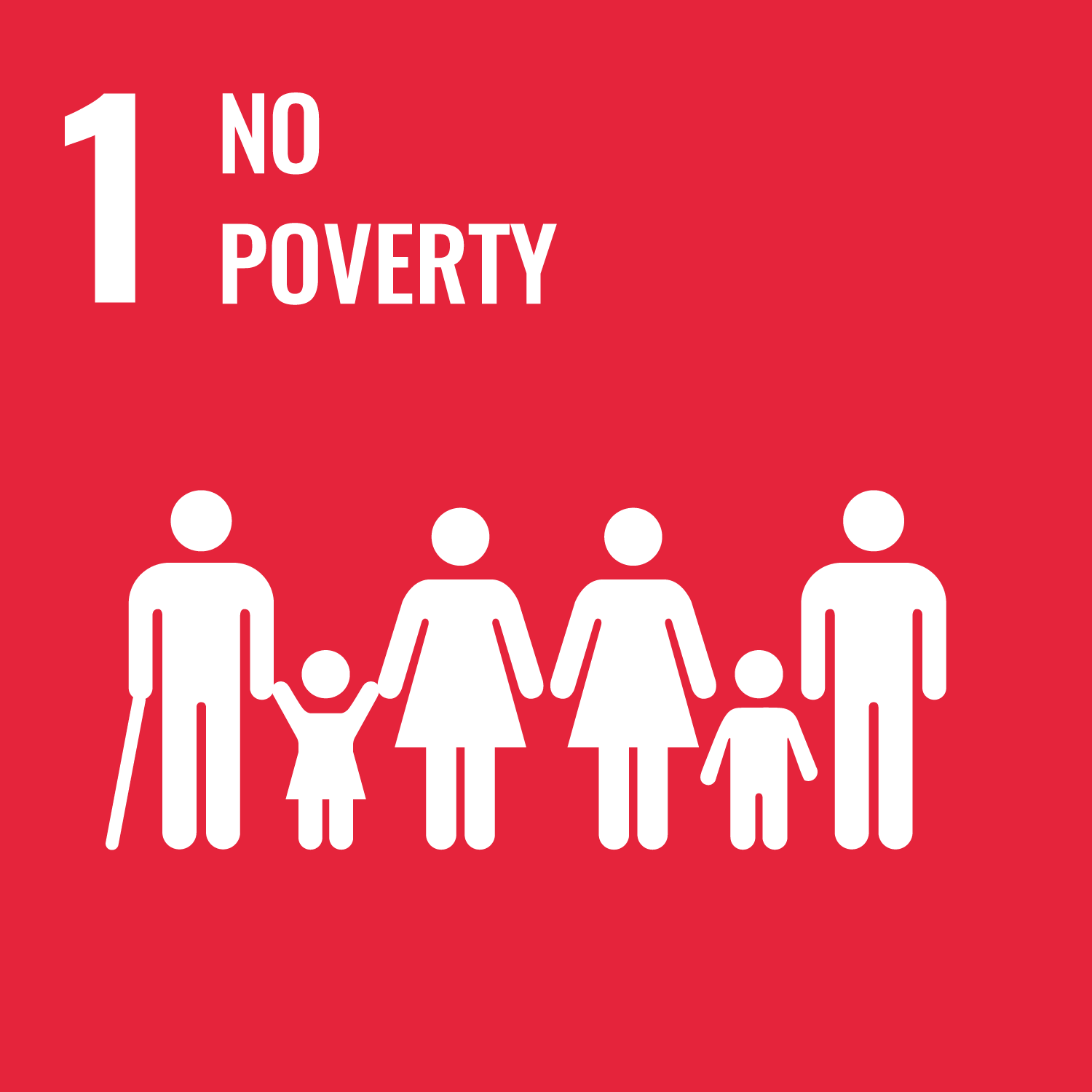
Questions for change
You’ll need
- Pens or pencils
- Coloured pens or pencils
- Big pieces of paper
- Questionnaire sheets
Before you begin
- You’ll need a few sessions to plan how you’ll do the questionnaires and more time to carry them out and use what you’ve learned.
- Decide whether you’ll do the questionnaire online or with paper copies.
- There are pros and cons to both approaches: paper copies aren’t so great for the environment, but you can keep track of the data you collect and you don’t need expensive devices or signal (or to worry about battery). If you do it online, you won’t be able to separate out the data your group collects, and you’ll need plenty of devices – but you won’t have to carry paper copies and you’ll save the trees.
- Decide whether you want to run the ‘What do you believe?’ activity before you get stuck in. It’s a good chance for people to think through the questionnaire and get used to the questions.
Prepare to questionnaire
- Everyone should split into groups of three or four people.
- Each group should think about different places in their community they could have conversations for change. For example, outside a supermarket, in the library, at a community event, or at school.
- Each group should think about how they could make sure the people answering their questionnaire will represent their local community. They should think about how they’ll reach people of all ages, ethnicities, and backgrounds.
People could think about which days of the week (and which times of day) are likely to be the busiest.
- Each group should take it in turns to call out their suggestions and someone should write them on a big piece of paper.
- Everyone should work together to choose two or three places to set up questionnaire bases. They should choose places that are likely to be busy (and where they’ll be allowed to do their questionnaires). They may want to think about how easy it’ll be to get there, too.
It’s worth thinking about a wet weather plan, too. Do you have gazebos you could set up, or will you need to choose locations that provide cover?
- Everyone should split into groups so there’ll be the same number of people at each of the locations.
- Each group should think about how they’ll be friendly and engage members of the public. They should think about how they’ll make their stall attractive, interesting. and informative.
- Each group should make a list of things they’ll need, for example, copies of the questionnaire and plenty of pens, some posters, and a table or two.
You may want to put some time aside to make posters – perhaps you could advertise what you’re doing so people don’t feel nervous about approaching you?
- Everyone should practice introducing themselves and the questionnaire, and going through all of the questions. Are they confident that they can read all of the questions?
Remember that there are plenty of other roles that don’t need reading, such as chatting to people and encouraging them to engage.
On the day
- Everyone should arrive in plenty of time to set up their bases as they planned.
As always, make sure there are enough adults to supervise young people.
- Everyone should get talking with the community. It may work best for one person to read the questions as someone else notes down the answers – people could swap roles each time they complete it.
- Once everyone’s finished chatting to members of the community, collect up all the finished questionnaires and put them somewhere safe and dry.
Crunch the numbers
- Next time they meet, everyone should go through their questionnaires and pull out some statistics.
For example, they could make a tally chart to show how many people chose each number on the scale of how big of a problem homelessness is in the UK. They could also make a tally chart to show how many people said ‘yes’ or ‘no’ for each of the homelessness scenarios.
- Everyone should make posters, graphs, and graphics.
People could make bar charts, pictograms, or pie charts for example.
- Everyone should look over their data. What does it show? Are there any common themes? What does it tell people about their area’s attitude to homelessness?
- Everyone should decide how they’ll use the data to make a difference. Would it be helpful to display their posters, graphs, and graphics? Are there any negative beliefs they could change by sharing accurate information?

This activity helps contribute towards some of the UN's Sustainable Development Goals. Find out more about the SDGs, and how Scouts across the world are getting involved.





Reflection
This activity was all about communicating. Well done to everyone who spoke to members of the public – it can be nerve-racking and tiring. How many people did the group speak to? How did it make them feel? Was it easy to explain things and answer questions? What went well? Would people do anything differently if they did it again?
This activity was also about helping the community. Did people learn anything about their community by taking an active role? Perhaps they met some interesting people, or just noticed how people used the space they were in. Why is it important to understand people’s perceptions of issues like homelessness? People could think about how it’s easier to communicate effectively if someone knows what their audience already thinks. This sort of data also helps organisations and charities use their resources to have the most impact, for example by helping them see which campaigns are most needed. Who should help change people’s perceptions? Should people even be trying to change each other’s perceptions?
Safety
All activities must be safely managed. You must complete a thorough risk assessment and take appropriate steps to reduce risk. Use the safety checklist to help you plan and risk assess your activity. Always get approval for the activity, and have suitable supervision and an InTouch process.
- Outdoor activities
You must have permission to use the location. Always check the weather forecast, and inform parents and carers of any change in venue.
- Road safety
Manage groups carefully when near or on roads. Consider adult supervision and additional equipment (such as lights and high visibility clothing) in your risk assessment.
It’s up to you how long you spend surveying – it’ll probably depend on the age and experience of your group, as well as the weather.
This activity may be difficult for people who’ve experienced homelessness (or know people that have). Speak to them (and their parent or carer) beforehand, so you can create a plan for how to make it manageable. If you’re not sure how people in your community will respond to the questions, you may want to take steps to make sure that people who’ve experienced homelessness aren’t part of upsetting discussions.
Make sure the location you’ve planned is accessible, for example, that there aren’t any steps in the way. Is it quiet enough for anyone who struggles with background noise? Is there a quiet place people can go for a break if they feel overwhelmed?
People should offer the questionnaire sheet to anyone who’d rather fill out the questionnaire themselves for privacy or accessibility.
Not everyone needs to read questions – they could jot down the answers, or be responsible for encouraging people to engage with the group.
All Scout activities should be inclusive and accessible.
Why not share the results of your questionnaire (and ideas for how to take more action) with local decision makers such as MPs and councillors? Decision makers can help change happen faster.
If you enjoyed this, why not plan another ‘take action’ activity? You could ask everyone who engages to take the survey before and after your project to see how it changed their perceptions.





